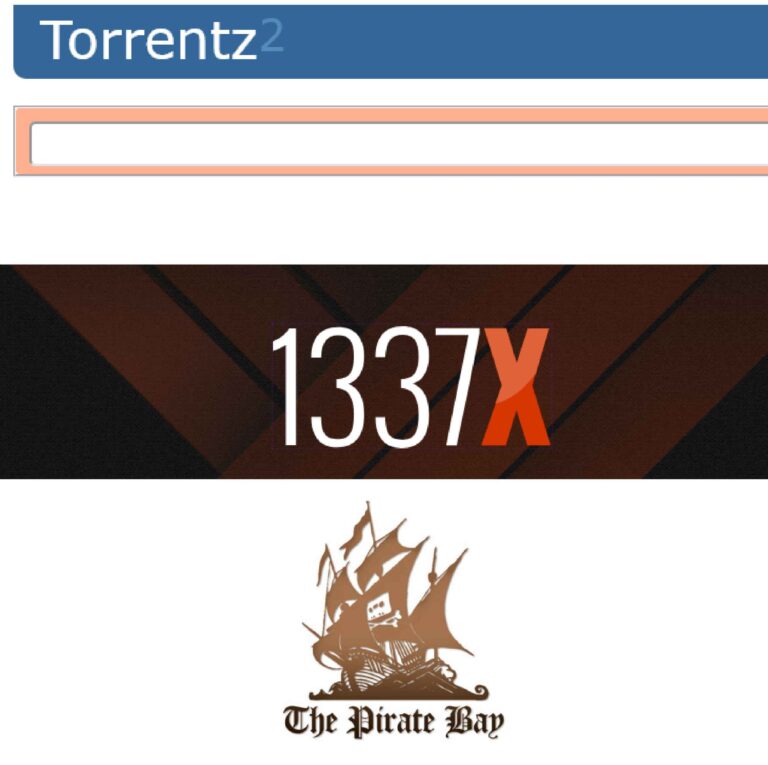XVIF: Everything You Need to Know
XVIF is a term that has been gaining attention recently. Whether you’ve come across it in tech forums or heard it in conversations around data formats, it’s essential to understand what XVIF stands for and how it’s used. In this article, we’ll explore what XVIF is, its uses, and how it impacts different industries. We’ll also cover why it’s relevant today and what future developments to look out for.
What is XVIF?
XVIF stands for eXtended Video Information Format, a relatively new format that’s used for video and multimedia data storage. As the name suggests, it is an extension of existing video formats, designed to improve the way video files are stored, transmitted, and processed. While it’s not as widespread as older formats like MP4 or AVI, XVIF is starting to make waves because of its advanced features.
XVIF Features
XVIF offers several enhancements that set it apart from traditional video formats:
- High Compression: XVIF supports higher compression without significantly losing quality. This makes it ideal for streaming or transferring large files quickly over the internet.
- Rich Metadata: One of the key aspects of XVIF is its ability to store more metadata within the video file itself. This includes information about camera settings, locations, or other contextual data.
- Scalability: XVIF is designed to work well across different platforms, from mobile devices to high-end desktop systems. This makes it versatile in a wide range of applications.
- Improved Performance: By optimizing how video data is encoded and decoded, XVIF promises faster performance, particularly for high-resolution videos like 4K and 8K.
XVIF in Technology and Media
Video Streaming
One of the primary areas where XVIF is making an impact is video streaming. With the rise of platforms like Netflix, YouTube, and TikTok, efficient video compression is crucial. XVIF’s ability to reduce file sizes while retaining high quality makes it a great fit for these platforms. Additionally, its rich metadata capabilities offer video platforms more options to enhance the viewing experience, such as allowing for better recommendations based on the video’s content.
Video Editing
For video professionals, XVIF provides an enhanced way to store and manage video files. Editors can benefit from the format’s ability to handle higher-quality footage without ballooning file sizes, and the embedded metadata makes managing projects easier. The scalability of the XVIF format means editors can work with the same file across multiple devices without worrying about compatibility.
Virtual Reality (VR) and Augmented Reality (AR)
As VR and AR continue to grow in popularity, XVIF is expected to play a key role. The high-quality, high-compression nature of the format makes it ideal for immersive experiences, where large amounts of data need to be processed in real-time. Its metadata-rich structure can also help create more interactive, context-aware applications.
XVIF vs Other Formats
XVIF vs MP4
MP4 has long been the go-to video format, but XVIF offers several improvements. While MP4 is efficient and widely supported, it doesn’t have the same level of compression efficiency as XVIF, especially for 4K and 8K video. Additionally, MP4’s metadata capabilities are limited compared to XVIF.
XVIF vs AVI
AVI is an older format that has largely been replaced by newer standards. Compared to AVI, XVIF offers better compression, higher quality, and improved metadata handling. While AVI may still be used in some legacy systems, XVIF is a far superior option for modern applications.
Why is XVIF Important?
As digital media consumption continues to rise, the demand for better, faster, and more efficient video formats grows. XVIF addresses many of the issues that have arisen with older formats, such as poor compression or lack of scalability. The format’s ability to store extensive metadata also opens new possibilities for video production, VR/AR development, and other applications where context is important.
How to Use XVIF Files
Using XVIF files requires compatible software or hardware. As of 2024, many of the leading video editing tools and media players are beginning to add support for XVIF, but not all have caught up yet. Here’s what you need to know:
- Media Players: Ensure your media player supports the XVIF format. VLC and some other open-source players have added support, while proprietary platforms may need updates.
- Video Editing Software: Adobe Premiere Pro, DaVinci Resolve, and other professional-grade video editing software are incorporating XVIF support, but make sure you have the latest version.
- File Conversion: If you need to convert XVIF files to other formats, several online and desktop tools can handle the conversion. Be aware, though, that converting XVIF files to older formats like MP4 or AVI may result in loss of metadata or quality.
XVIF and the Future
The future of XVIF looks bright, especially as more industries move toward high-quality video content. With its benefits in terms of compression, scalability, and metadata storage, XVIF is expected to become a preferred format for everything from streaming services to VR experiences.
In addition to more widespread adoption in the entertainment industry, XVIF could also see increased use in fields like healthcare, where video files are used for surgeries or diagnostics. The rich metadata capabilities of XVIF may allow doctors and technicians to store more information about each video, making it easier to analyze and share with other professionals.
Conclusion
XVIF is a powerful new video format that offers many advantages over traditional options like MP4 and AVI. With its high compression, rich metadata, and scalability, it’s positioned to become a key player in the future of video technology. Whether you’re a content creator, a video enthusiast, or someone who works with multimedia professionally, understanding and using XVIF could open up new possibilities for your projects.




















